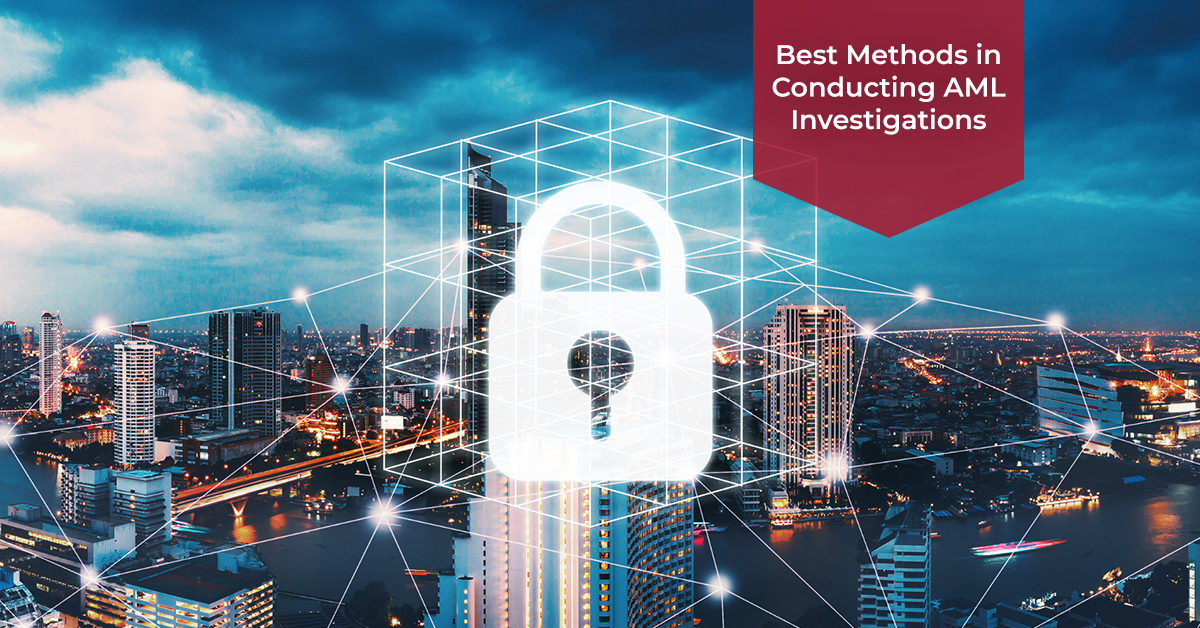
Best Methods in Conducting AML Investigations
The frequently disjointed nature of international anti-money laundering rules are becoming more and more exploitable by seasoned money launderers. Working fluidly across jurisdictions and having competence with a wide range of instruments is necessary to stop these well-organized money launderers.
What are the Best Methods in Conducting AML Investigations?
The trigger event is the first step. The discovery of suspicious behavior would be the sole definition of a trigger event in an AML investigation. The investigation is brought to an investigator’s attention by this trigger event, which also explains why the situation is odd or suspicious.
Know Your Customer (KYC) is a crucial stage since it offers the fundamental context for evaluating, understanding and assessing an action (or effort). The investigator should have a solid understanding of the account activity anticipated to be seen in stages three through five after completing this step.
In the third step, an investigator takes a comprehensive and high-level look at the activity for the relevant review period to assess if the behavior in the accounts appears to be consistent with their knowledge of the client, their business or their area of work from the second step.
The investigator doesn’t need to concentrate on activities that a client could expect (or consider usual), in keeping with the previous steps. These customs are not regarded as odd or strange.
Examples of typical activity in the context of a personal account could be grocery shopping, rent or mortgage payments, utilities, and personal expenditures equal to the customer’s income, payroll, and wealth.
Establishing a predicate offense, reporting the offense, and terminating accounts are the final steps. Investigating the commission of a predicate offense is a good place to start. According to relevant negative media, the client may have been found guilty of fraud, drug trafficking, human trafficking, or tax evasion, for instance. Any subsequent movement of the monies to hide or disguise them becomes suspicious conduct and must be reported if a predicate offense can be proven.
Why Conducting AML Investigations Needed?
Most AML solutions include rules-based monitoring systems as a crucial component. They are helpful for automatically going through massive volumes of data and identifying transactions or other activities that might be risky.
Conclusion
Institutions invest a significant amount of money in attempts to combat financial crime and stop money laundering, focusing mostly on activities that follow procedures and are more effective.
Although an AML investigative program can be created and implemented from scratch, organizations may spend more time on investigative processes than line-of-business activities due to the time and effort needed to manually evaluate and report potentially fraudulent activities, significantly as transaction volumes increase exponentially.

